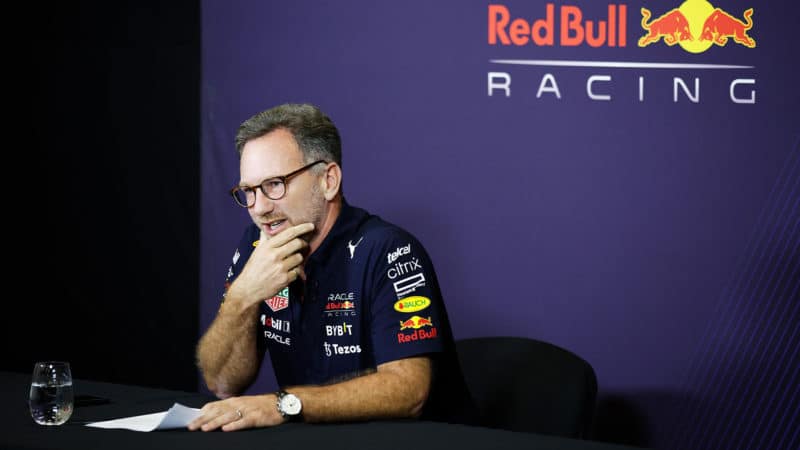On the assumption that the team will find the $7 million (payable within 30 days), the question is whether that 10% reduction in wind tunnel time/CFD capacity is appropriate. That’s a complex and non-exact matter. Rival teams reckon each £1 million overspend is worth around 0.1sec of lap time (so a nominal 0.18sec in this case). How much do you need to reduce aero simulation by to impose a compensating lap time penalty? Rival teams are playing this number up (anything from a 25-40% reduction would be needed, they say), Red Bull is playing it down. “That 10% on top of the reduction we get anyway through winning the constructors’ championship means we will be running 15% less than the runner-up and 20% less than the third-placed team,” says Christian Horner. “That’s massive and represents between 0.25-0.5sec of lap time.
“Obviously our rivals will say it’s not enough. I don’t think it will be enough for some of them if you burned our wind tunnel down!… but a 10% reduction in aero and $7m fine for a 0.37% breach is pretty swingeing.”
It’s probably not a penalty worth gaming in the future – and that’s the essential point.
But two other points arise from all this. One is where does that leave us for 2022, a season in which teams have had to develop all-new cars and in which there have been inflationary pressures? If there have been any breaches this year we cannot surely be waiting for almost a year for it to be resolved. A quicker system is needed.
Secondly, with Horner confirming that the team’s Formula One Management (FOM) payments for winning the constructors’ championship are greater than the cost cap, is the cap set inappropriately low? “The commercial revenue of F1 is strong,” says Horner, “and potentially the top three teams are looking at greater than cost payments. Even the teams towards the back of the grid are looking at having 75-80% of their costs covered by FOM payments.”


